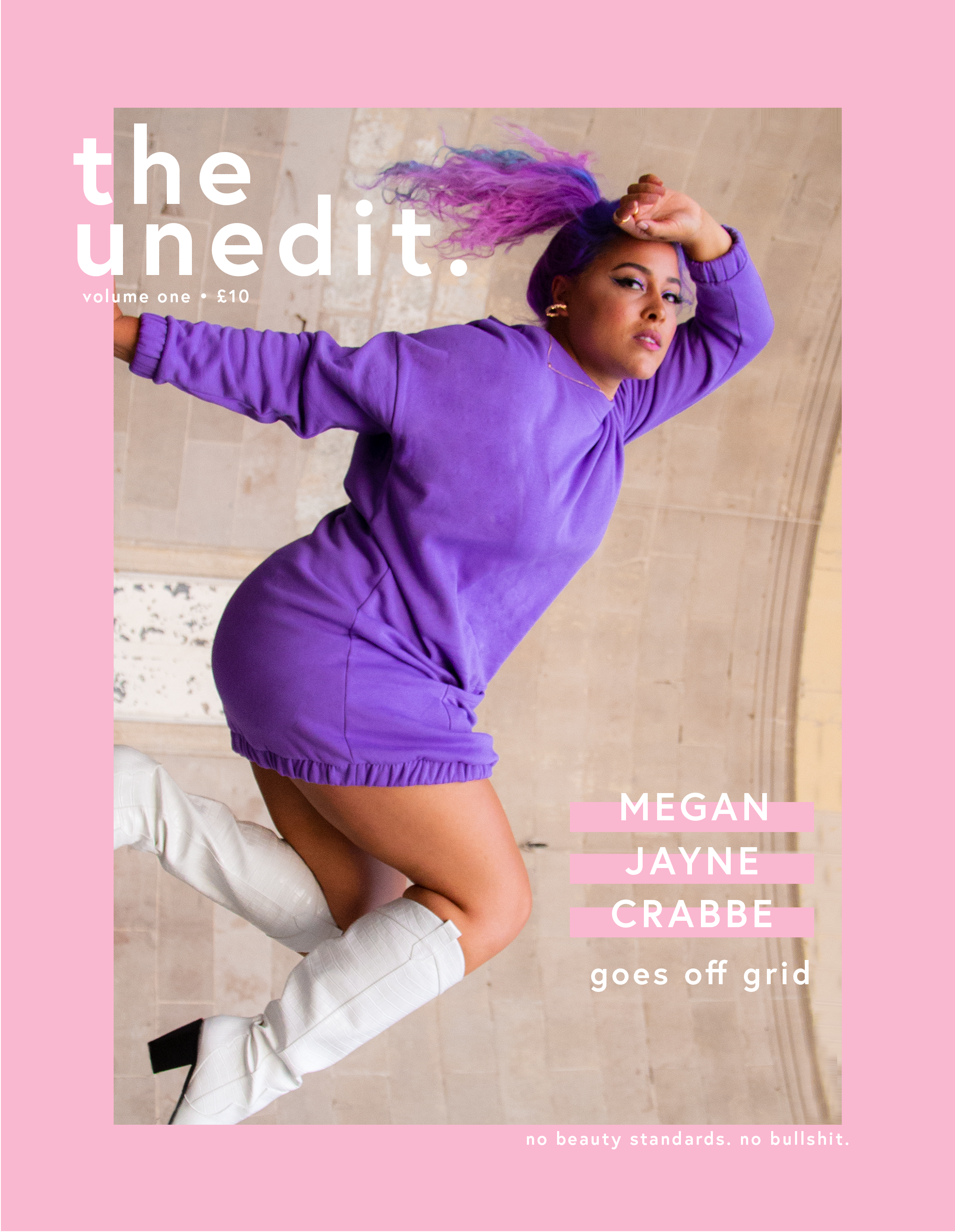Why Are Cute Mobility Products So Hard To Find?
In the past 18 months, my mum - a previously able-bodied woman who, aside from her deafness, navigated the world like any other able-bodied person - has rather rapidly become disabled due to a degenerative disease impacting her brain and spinal cord. Despite having had a wheelchair-bound grandmother for the first half of my life, it wasn’t until my mum became ill that I realised how impossible it is to find cute mobility products. And how much that sucks.
I’m well aware my ignorance to such things as a child was merely because, as a kid, it wasn’t really something that crossed my mind. (My only thought as a four year old was whether I was going to be able to sit on my nan’s lap when my feet got sore at Disneyland.) My ignorance continued into my teens and adult years, when I had less connections with those living with disabilities or impairments - at least, those with reduced mobility - and those who I did know, didn’t ever seem to talk about it. It’s true that they say in so many cases, that you don’t realise where problems lay for those living in different circumstances until it impacts you, or someone you love, directly. This experience not only made me further acknowledge my privilege and boost my awareness, but made it astoundingly clear to me that the mobility industry itself needs a big kick up the arse.
When I say it needs a big kick up the arse, I don’t mean necessarily in terms of the kinds of products that they make – the inventions and models that they create and manufacture have been helping the lives of so many – but in terms of design. As I was scouring the internet, after my mum and I decided that the next logical thing to do would be to buy her a mobility scooter, the real question I found myself asking was: where the hell are all the cute mobility scooters?! Hours of frustrated scrolling and clicking later, I felt for my mum, because she already had lost so much confidence, not just in her heavily decreased mobility, but subsequently the lack of independence that that caused her, and all she wanted was something that she would feel more confident in.
As newbies to this kind of online shopping, we were looking through every Google page, recommendation and more, to try and see what was available. Our searches extended to walking aids, manual wheelchairs, and so on, but my poor mum still didn’t find a single design that jumped out to her and made her feel like it ‘suited’ her. Rather than feeling like this extra help could blend seamlessly with her identity, she felt that due to the lack of ‘stylish’ designs available, she was just going to have to make do with one that she didn’t feel comfortable with. A large problem for her was feeling that she would blend in with the old-aged pensioners who make up a large part of the population of her seaside town. In the beginning, her fear was that she would immediately be relegated to ‘old’, although only just approaching sixty. We discussed how so many younger people who need mobility scooters to get around must struggle with the same thoughts. Where were the options that still made her still feel young? That made her feel confident? It was these kinds of worries that put my mum off from buying a mobility scooter for nearly a year, until she found The One only a week ago.
Whilst of course, there are options out there similar to cars and other vehicles – you can get the panels re-painted or wrapped – this all costs extra money, which means, especially when mobility products are already so expensive, in order to get both mobility and style, you had to fork out more than the average budget would allow. I became angry. Angry for my mum, who was trying to desperately come to terms with her diagnosis and adapt to her new life, upset that for the first time, she was going to have to ‘make do’ and choose function over fashion, rather than being able to choose both. I became angry for all the other people who require such aids, stuck in the exact same boat, wishing that there were products that allowed them to feel a bit more ‘them’ without leaving their bank balance in a state of shock. I became angry for everyone who didn’t want a red scooter, or a blue scooter, but wanted a classic, sleek look, or an out-there super cool colourful design, but couldn’t have it. I became angry at the majority of companies who manufacture these products, who don’t seem to think that maybe - just maybe - those who rely on them want, and deserve, more options.
I did my research. I sent emails. I even thought to myself about how, if I won the lottery, I’d want to use the money to set up a company that offered mobility products that were so well designed, people wanted to buy them. Nicely designed products that offer solutions to make life easier shouldn’t be so hard to find. But we shouldn’t have to wait until we’re in that situation to get angry about how the choice just isn’t good enough. We should be angry and asking these companies when they plan to offer more to their customers, and why they’re not doing it already. I’m grateful that my mum managed to find her perfect ‘chariot’ (which is what she refers to her scooter as), and her mental health and confidence has boosted in just seven days - all because she found a single design that didn’t make her feel ‘old’ or ‘uncool’. However, I know that she’s bought cars, houses, and made massive life decisions quicker than she was able to buy a mobility scooter that she really loved, and there’s something very wrong with that.
So companies, brands, manufacturers, if you’re reading this, do something about it. Talk with your design teams. Find ways that you can offer products that bear in mind more than just practicality. Do some market research and see how you can make these experiences better for people. Make your products a much-loved accessory, not just a necessity.








